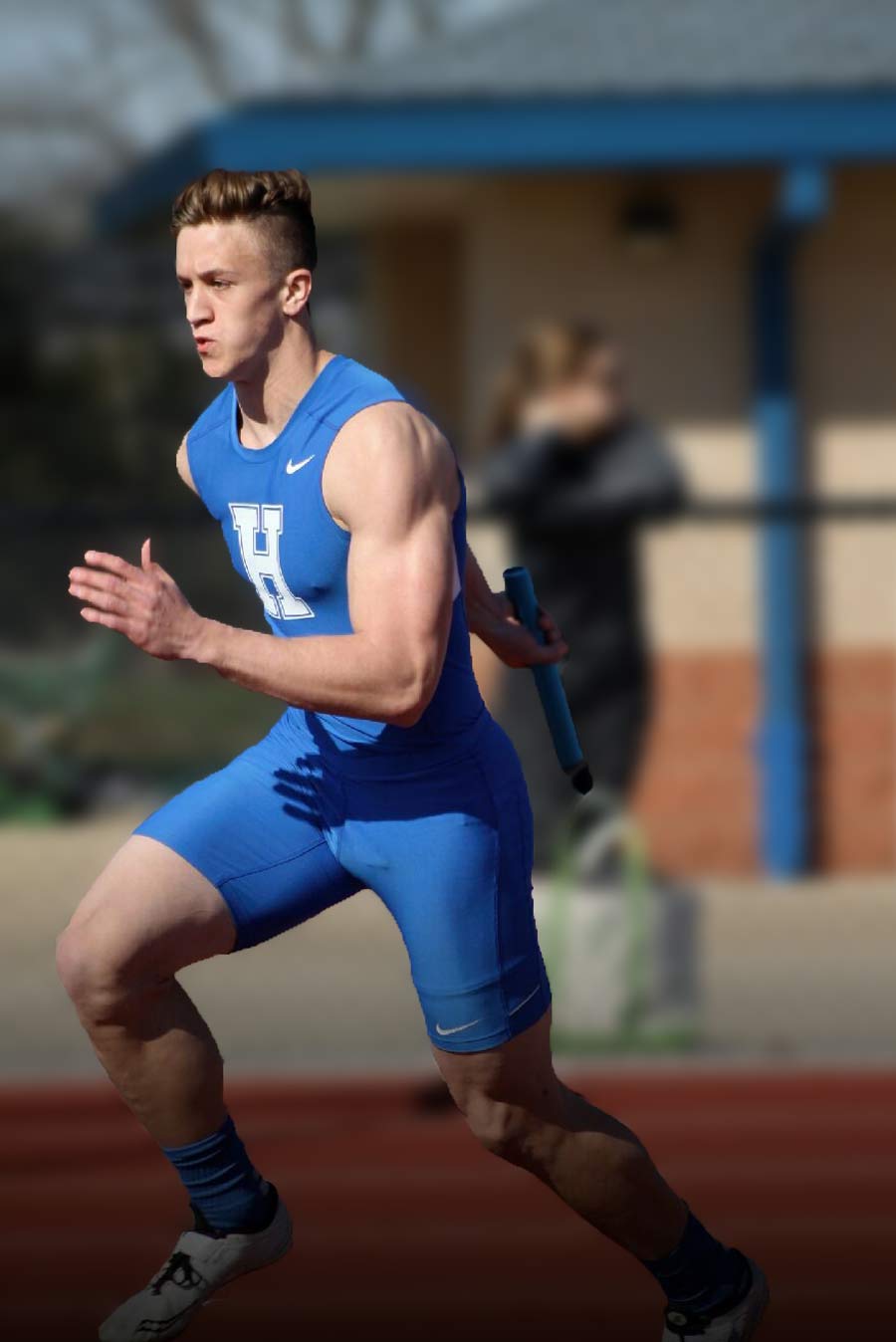- Home
- Patient Stories
- Femur Fracture - Josef Marschuetz
Josef Marschuetz - Femur Fracture
 Josef Marschuetz was only trying to do the right thing by stepping in to play outside linebacker for his Hillsboro High School junior varsity team during its fourth game of the 2015 season. The 6’3” sophomore was a successful varsity player, but his coach had asked him to substitute for a JV player who was ill.
Josef Marschuetz was only trying to do the right thing by stepping in to play outside linebacker for his Hillsboro High School junior varsity team during its fourth game of the 2015 season. The 6’3” sophomore was a successful varsity player, but his coach had asked him to substitute for a JV player who was ill.
“We were winning,” Josef recalls. “I had only allowed eight yards on my side.”
But with only four minutes left in that fateful September game, Josef dropped back into a defensive play and was hit hard from the side.
“I went blank for about three seconds and I fell back to the ground,” he says. “I remember my leg just kept bending backwards to about a 45-degree angle. I instinctively tried to pull it back around and straighten it, but when I tried to lift it, my leg bent, not at the knee, but at my mid-thigh. Then the pain kicked in.”
Josef had suffered a severe femur fracture. He lay on the ground for 40 minutes while coaches, trainers and then his father rushed to his side. After paramedics arrived, he was taken by ambulance to St. Louis Children’s Hospital.
“Femur fractures are a big injury,” says orthopedic surgeon Jeffrey Nepple, MD, a sports medicine specialist and Director of the Young Athlete Center at St. Louis Children’s Hospital and Washington University School of Medicine. “We see these types of injuries from ATV or car accidents, but less often in high school sports.”
With his father riding in the ambulance with him, Josef repeatedly asked if he would ever play football again. “I had been playing football since I was eight years old and started running track in junior high school,” he says. “I really wanted to play sports again and particularly football in college.”
The x-rays, however, showed the extent of Josef’s injury. “It was a total jagged break,” says Josef’s mother, Christine, as she looked back at the x-rays. “I knew it was going to be hard for Josef to recover from this.”
To repair the damage, Nepple inserted a titanium rod and screws to re-align the bone and allow it to heal. He also understood Josef’s desire to get back to high-level sports. “When we work with young athletes, aggressive rehabilitation plays a major role in maximizing their recovery,” says Nepple. “Many of our high school athletes are as determined as professional athletes to get back on the field.”
Rehabilitation was hard work. In the first month, he had to re-learn how to stand and walk without a limp. His mother, who would spend hours holding Josef’s leg in place so that he could fall asleep for a few hours, says, “The hardest part was wondering if he could ever be athletic again. He got depressed thinking about it all for awhile.”
But Josef kept his eye on the prize. He worked his way from a wheelchair to a walker and then crutches. In January 2016, he was cleared to start working out. I could barely squat with a dumbbell at first, he says. “Now I can squat 380 pounds and bench 270 pounds.”
In March, Josef was back on the track, competing in both the 200-meter and 400-meter dash as well as the 4x4 relay. “I was the anchor on the 4x4 relay and took our team from last place to first place. It was then that I realized — and my coaches realized — I’m back. It was such an emotional feeling!”
Now in regular football practices preparing for the upcoming season as a junior on the varsity team, Josef looks back at his on-field collision and injury as just a “bump in the road.” With a solidly healed fracture, Nepple expects Josef to make a full recover. “He should be as strong as he’s ever been,” adds Nepple.
His mother says with a laugh, “He’s bionic compared to what he was before and we just don’t dwell on his accident every day. Will I be nervous when he’s back on the field? Of course! But he’s worked hard. I think it’s a testament to both the skill of his doctor and Josef’s own determination that he can run track and play football again.”
More Info: